How Do You Manufacture Precision Aluminum Metal Parts
Precision aluminum metal parts are an integral part of modern machinery and manufacturing. From aerospace to medical devices, precision parts are necessary for reliable and efficient operation. In order to manufacture precision aluminum metal parts, a number of factors must be taken into account, including the manufacturing process, the design of the part, and the materials used. In this article, we will explore the steps involved in manufacturing precision aluminum metal parts.
Designing the Part
Before any manufacturing can take place, the part must first be designed. This typically involves the use of computer-aided design (CAD) software, which allows engineers to create 3D models of the part. The design process is critical, as it determines the specifications of the part, including its dimensions, tolerances, and surface finish.
Selecting the Material
Once the part has been designed, the next step is to select the appropriate material. Aluminum is a popular choice for precision parts due to its high strength-to-weight ratio, excellent corrosion resistance, and ease of machining. However, different aluminum alloys have different properties, and the selection of the alloy will depend on the specific requirements of the part.
Machining the Part
The most common method of manufacturing precision aluminum metal parts is through machining. Machining involves the use of computer-controlled cutting tools to remove material from a solid block of aluminum. The cutting tools are typically made from high-speed steel or carbide, and are designed to shape the part to the desired specifications.
There are several different types of machining processes that can be used to manufacture precision aluminum metal parts. These include milling, turning, drilling, and grinding. Each process has its own advantages and disadvantages, and the choice of process will depend on the specific requirements of the part.
Milling is a process in which the cutting tool rotates and moves along multiple axes, cutting away material from the part. This process is ideal for producing parts with complex geometries, such as curved surfaces or irregular shapes.
Decoration Profiles: Enhancing Spaces with Style and Functionality
Are Glass Beads the Solution for Effective Road Marking?
What is Welded Razor Wire Mesh used for?
Graphite Crucible: A Comprehensive Guide
The Benefits and Features of Stainless Steel Window Insect Screens
What Are The Reasons for Failure of Wear Plates?
What is a Low Fin Tube? Understanding its Significance in Heat Exchangers
Turning is a process in which the cutting tool rotates against a stationary part, removing material from the outer diameter of the part. This process is ideal for producing parts with cylindrical or conical shapes.
Drilling is a process in which a rotating cutting tool is used to create a hole in the part. This process is ideal for producing parts with precise holes or bores.
Grinding is a process in which a rotating abrasive wheel is used to remove material from the part. This process is ideal for producing parts with a high degree of surface finish or tight tolerances.
Quality Control
Once the part has been machined, it must undergo a rigorous quality control process to ensure that it meets the required specifications. This typically involves the use of coordinate measuring machines (CMMs), which use lasers and other sensors to measure the dimensions and tolerances of the part.
In addition to dimensional measurements, the part must also undergo visual inspection to ensure that it has the required surface finish and appearance. Any defects or deviations from the required specifications must be identified and corrected before the part can be used.
Conclusion
Manufacturing precision aluminum metal parts requires careful attention to detail at every step of the process, from design to quality control. By selecting the appropriate material, choosing the right machining process, and ensuring that the part meets the required specifications, manufacturers can produce high-quality precision parts that are essential for modern machinery and manufacturing. We are a precision aluminum metal part supplier. If you are interested in our products, please contact us now!
Is alloy steel better than stainless steel?
What is Alloy Steel Pipe Used For? A Comprehensive Guide
How are ductile iron pipes and fittings installed?
Hot-Dipped Galvanized Coil: Unleashing the Power of Corrosion Resistance
What are the common uses of colored crushed glass?
Welded Wire Mesh Panel: Enhancing Strength and Security
The Problem with Post Tensioning: An In-Depth Analysis
272
0
0
Related Articles
-
256
0
0
-
246
0
0
-
331
0
0
-
262
0
0
-
260
0
0
-
261
0
0
-
245
0
0
-
258
0
0

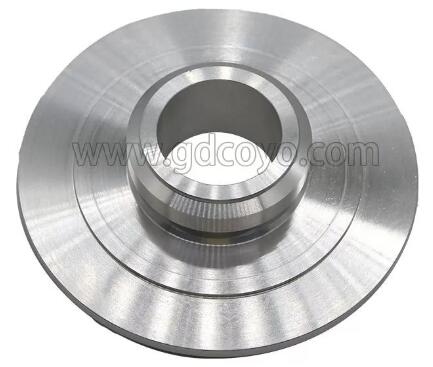
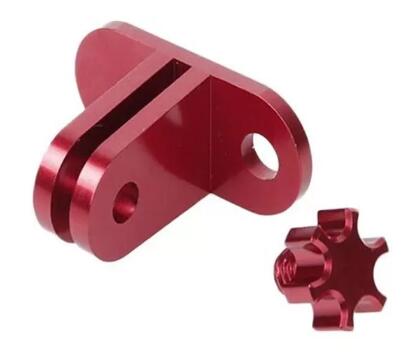
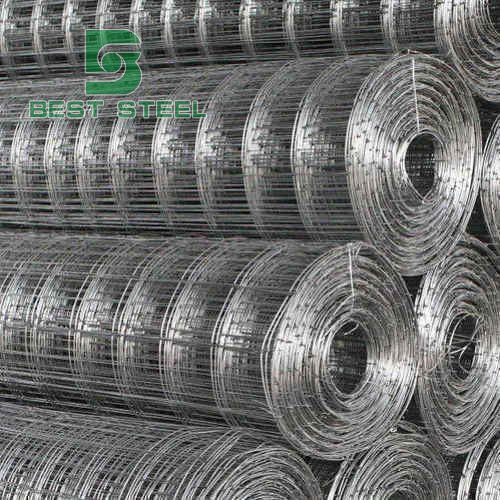
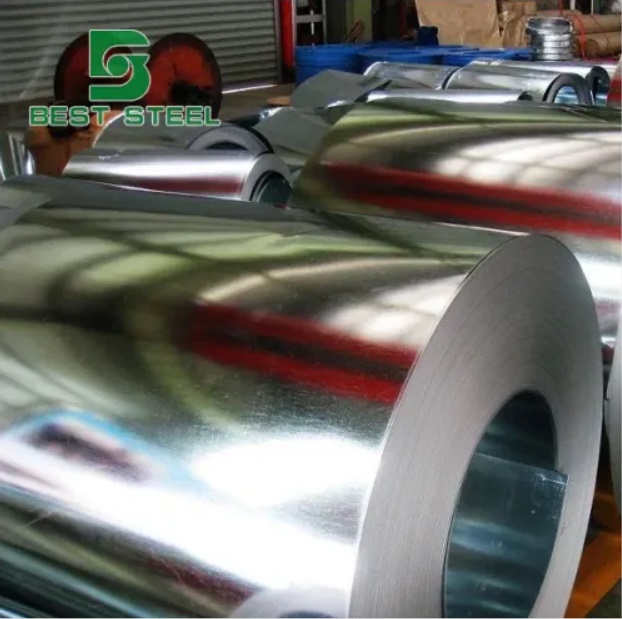
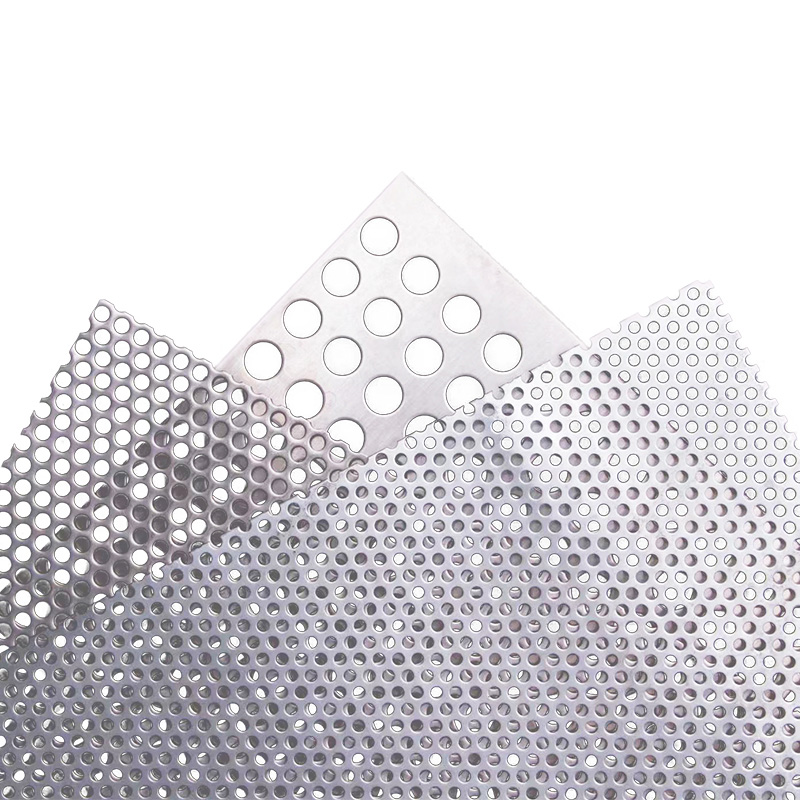
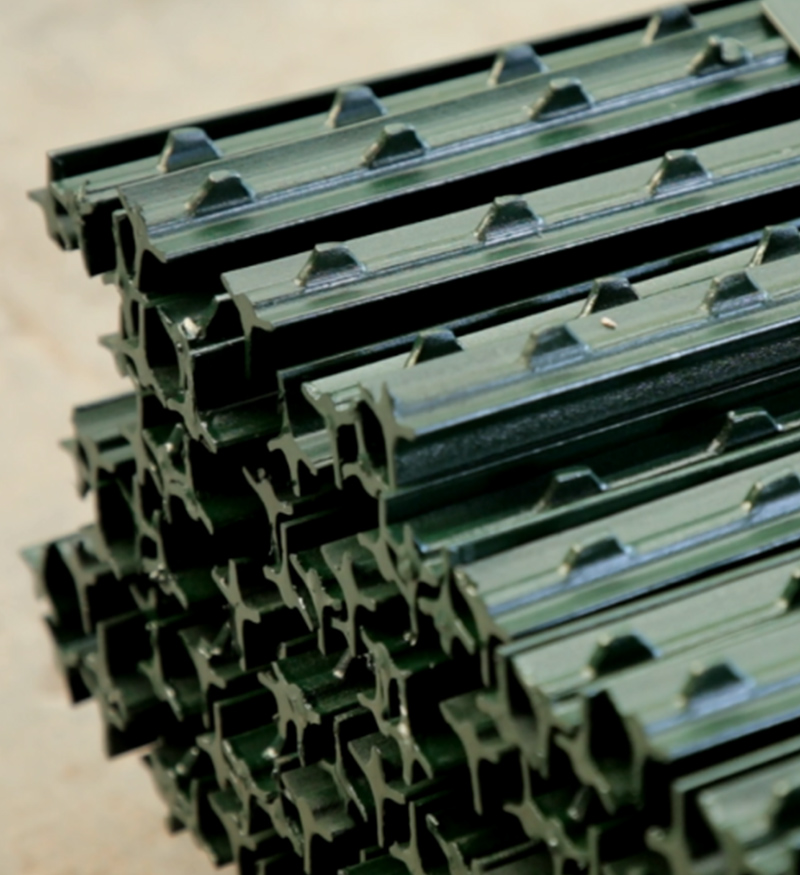
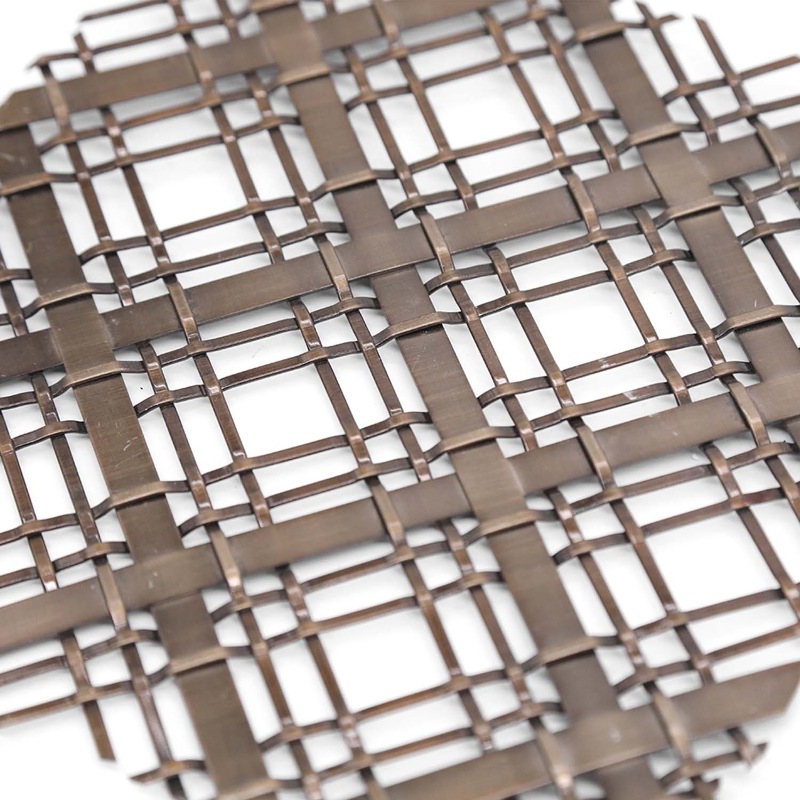
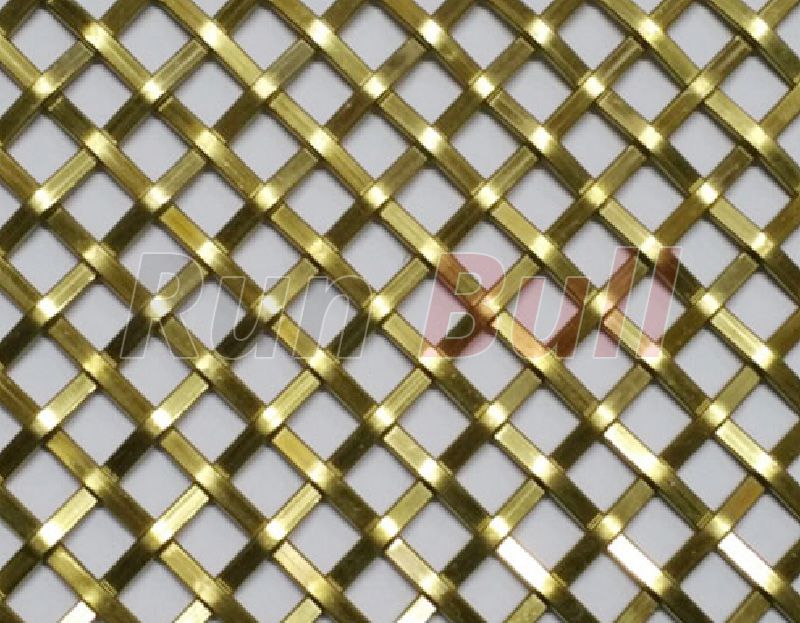

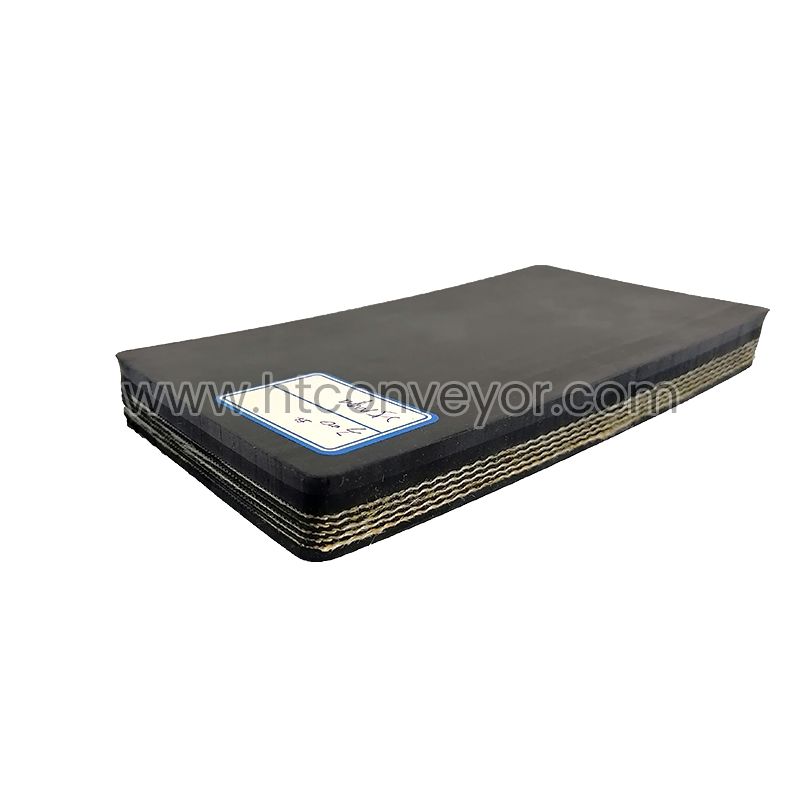
Comments
All Comments (0)